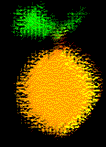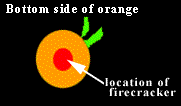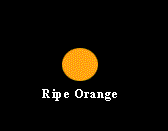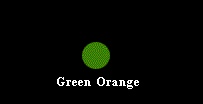

| Procedure: The first step is to make a circular incision on the bottom of the orange, roughly the diameter of the fire cracker being inserted. Then |
 |
| Orange used |
|
|
| Ripe Orange |
|
The Orange had a 1 inch crack along the side. Orange did not move as a result of blast. |
| Green Orange |
|
The Orange received 3- 1 inch cracks along the sides, however did not move from it's original position. |
| Ripe Orange |
|
 |
| Green Orange |
|
 |